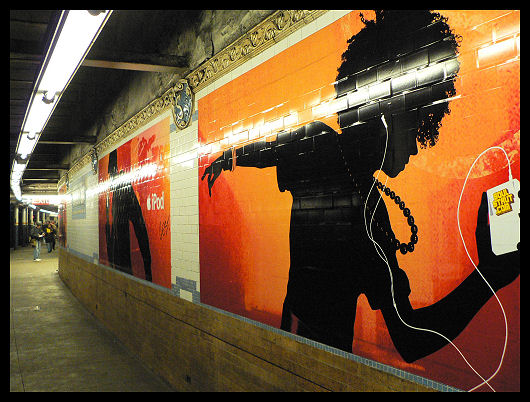For the last eight years, Comptroller John Liu had served in the City Council as a bumbling fool the head of the Transportation Committee. Tasked with city oversight of the MTA, the Transportation Committee could, in the right hands, be a vehicle for positive change, and as Cap’n Transit explored in depth yesterday, transit advocates should rally around a pro-transit candidate. The Cap’n ran down the list of potential contenders and noted that friend-of-cars James Vacca (D. Bronx) — a leading supporter of that five-minute parking grace period bill — seems to be the leading favorite for the seat. Vacca comes from a car-heavy district and has shown little love for mass transit. The Cap’n notes that Dan Garodnick is also interested in the spot and would be a better, transit-friendly choice.
This morning, Bob Kapstatter reported that the “powers that be” are pushing for Vacca to assume the head of the transportation committee. An appointment would give Vacca a launching point for a higher office while boosting the power of the Bronx delegations. That is not, however, a good reason to give away an important chair at a vital time in the city’s transit history. Time is of the essence, and the best way to avoid a Vacca-inspired committee is by telling Christine Quinn to appoint someone else.


 Let me take a minute to introduce you to Aileen Gunther. Ms. Gunther, pictured at right, is the Democratic Assembly representative from the 98th District. She represents parts of Orange and Sullivan Counties, and based on
Let me take a minute to introduce you to Aileen Gunther. Ms. Gunther, pictured at right, is the Democratic Assembly representative from the 98th District. She represents parts of Orange and Sullivan Counties, and based on 
 As I wrapped up the
As I wrapped up the  Updated 3:15 p.m. (Saturday): Please note that Transit has canceled the work on the 7 line. The service changes below reflect that update.
Updated 3:15 p.m. (Saturday): Please note that Transit has canceled the work on the 7 line. The service changes below reflect that update.














 On Sunday, the western parts of Brooklyn will celebrate 2010 by getting a new bus route. Technically, it’s the break up of the old B61 into the B61 and B62, and while some travelers will have to make a new transfer, others will find a slow and crowded route faster and less packed.
On Sunday, the western parts of Brooklyn will celebrate 2010 by getting a new bus route. Technically, it’s the break up of the old B61 into the B61 and B62, and while some travelers will have to make a new transfer, others will find a slow and crowded route faster and less packed.